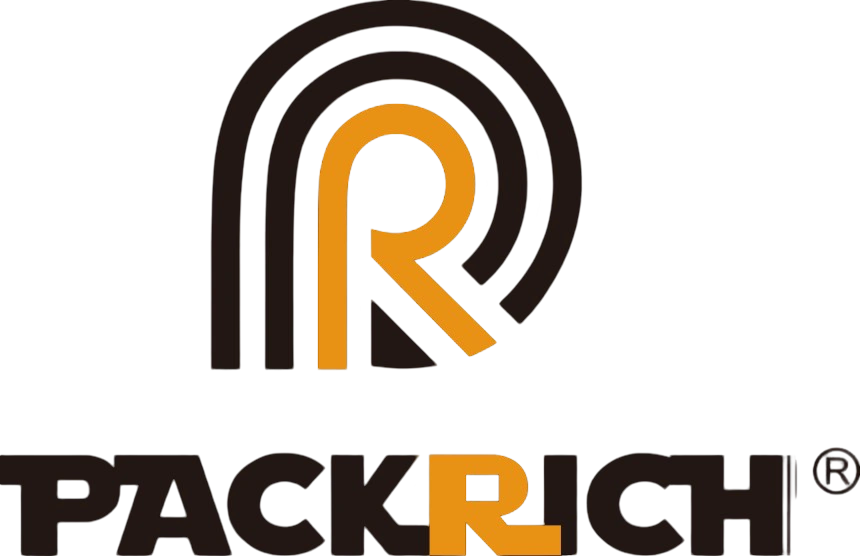With the increase in global population, there is a rising need for custom elderly beds that are comfortable and technologically advanced. This blog analyzes modern elderly beds with regards to their smart technologies, adjustable features, and safety enhancements. We will examine how these developments not only enhance life for the elderly, but also bring relief to caregivers and family members.
Comfort is one of the primary features of elderly beds. Unlike the modern elderly beds, traditional ones do not offer the necessary support and adjustability features needed by seniors. Modern elderly beds are designed with ergonomics in mind which includes the adjustment of heads and foot sections which makes it easier for users to get into their desired sleeping position. Enhanced adjustability offers increased comfort which improves sleep, something that is important for better health.
Seniors comfort is the priority, but the comfort beds for elderly are also integrated with technology related functions. Smart technology is capable of monitoring vital signs, tracking sleep and in some instances can notify caregivers in times of emergencies. A relevant example is a sensor equipped bed which can tell when a user has or is about to get up. Such beds can alert contacts at the proper time. It not only improves security but also grants independence to seniors who wish to live alone.
Caregiver and user friendliness are other major factors that need no to be neglected. Controls of the modern beds designed for the elderly are quite simple. It enables them to adjust the settings without needing assistance. It is possible for caregivers to integrate the bed control to an automation system placed in the home. This advanced form of technology makes caring for the elderly less of a hustle without interrupting the peace of the seniors.
In addition, the modern look is taken into consideration in the design of elderly beds. Today's elderly beds are no longer unappealing hospital-style beds. Instead, they come in different designs, colors, and materials which help them blend into home decor effortlessly. These changes enhance the aesthetics of the living spaces and also help address the negative perceptions often connected with growing old and medical equipment.
Looking into the future, the horizon seems bright for elderly beds. Yet, there is a great deal of work to be done, especially with regard to technological aids. Further development will give care givers facilities which will even further enhance the comfort, safety, and wellbeing of the elderly. Some trends which could mark the future of elderly care include the use of artificial intelligence, smart materials that adjust to body temperature, and telehealth services.
To sum up, the integration of modern technology into elderly beds is changing the approach we take with senior care. The new inventions being made based on the requirements of older people and their caregivers are enhancing their quality of life while also transforming the perception of aging in today's society. Moving forward, the focus of innovation should work towards providing effective solutions that maintain elderly empowerment and enable them to live with dignity and independence for as long as possible.

